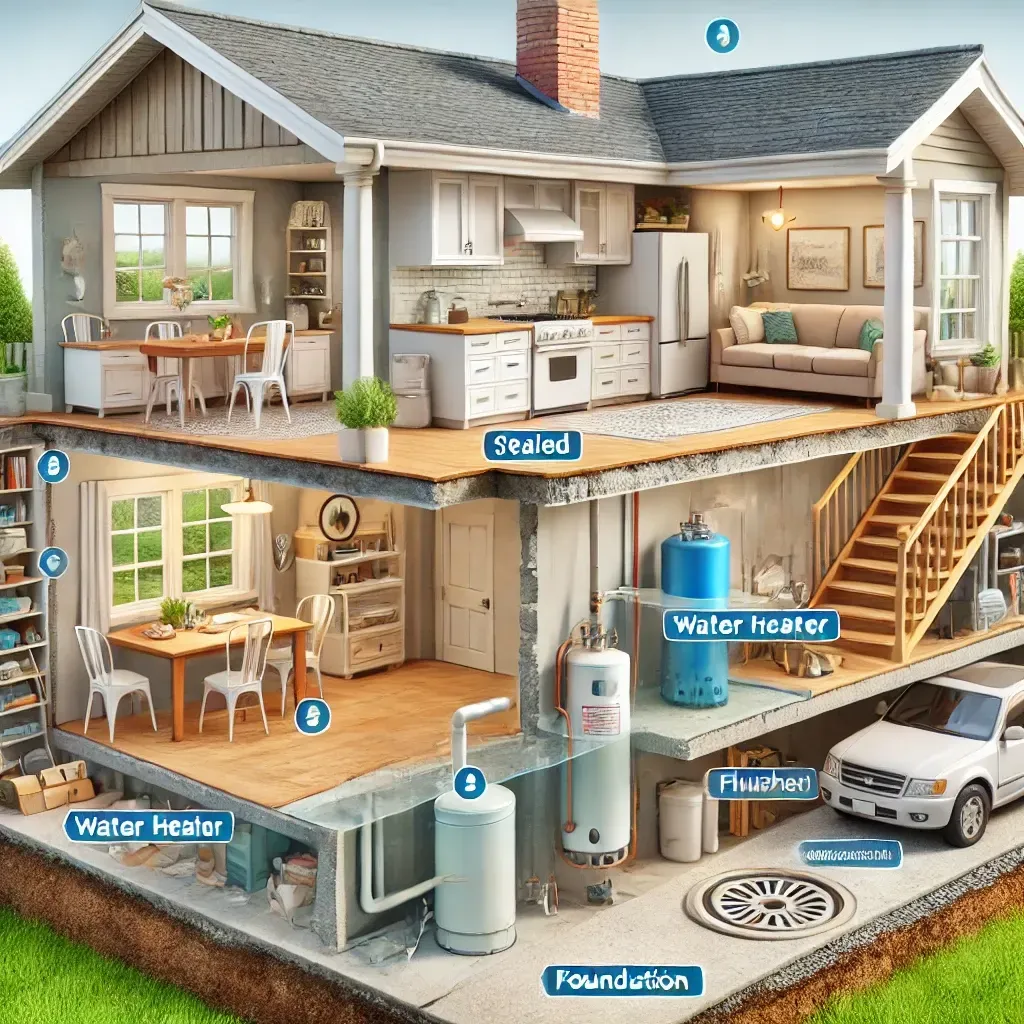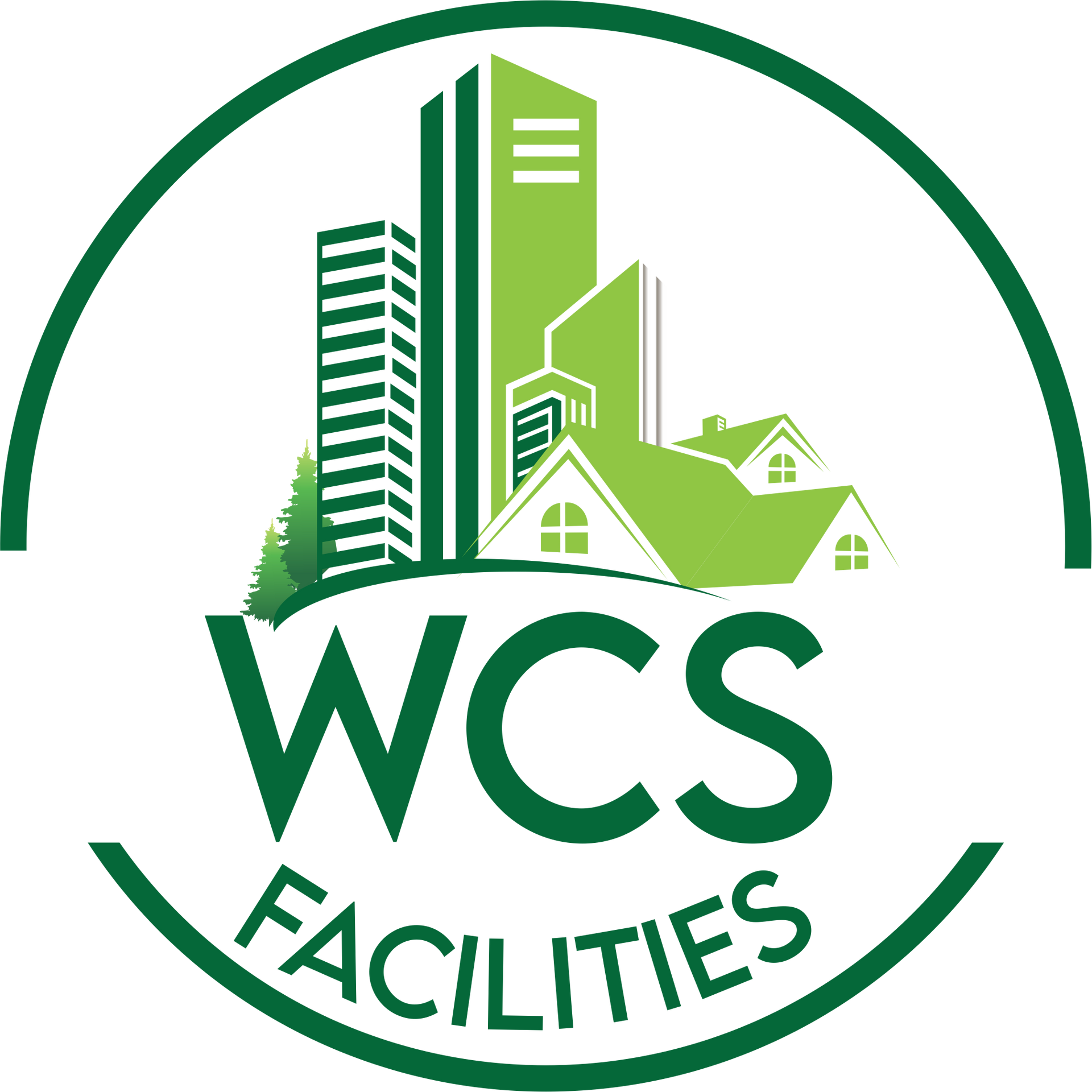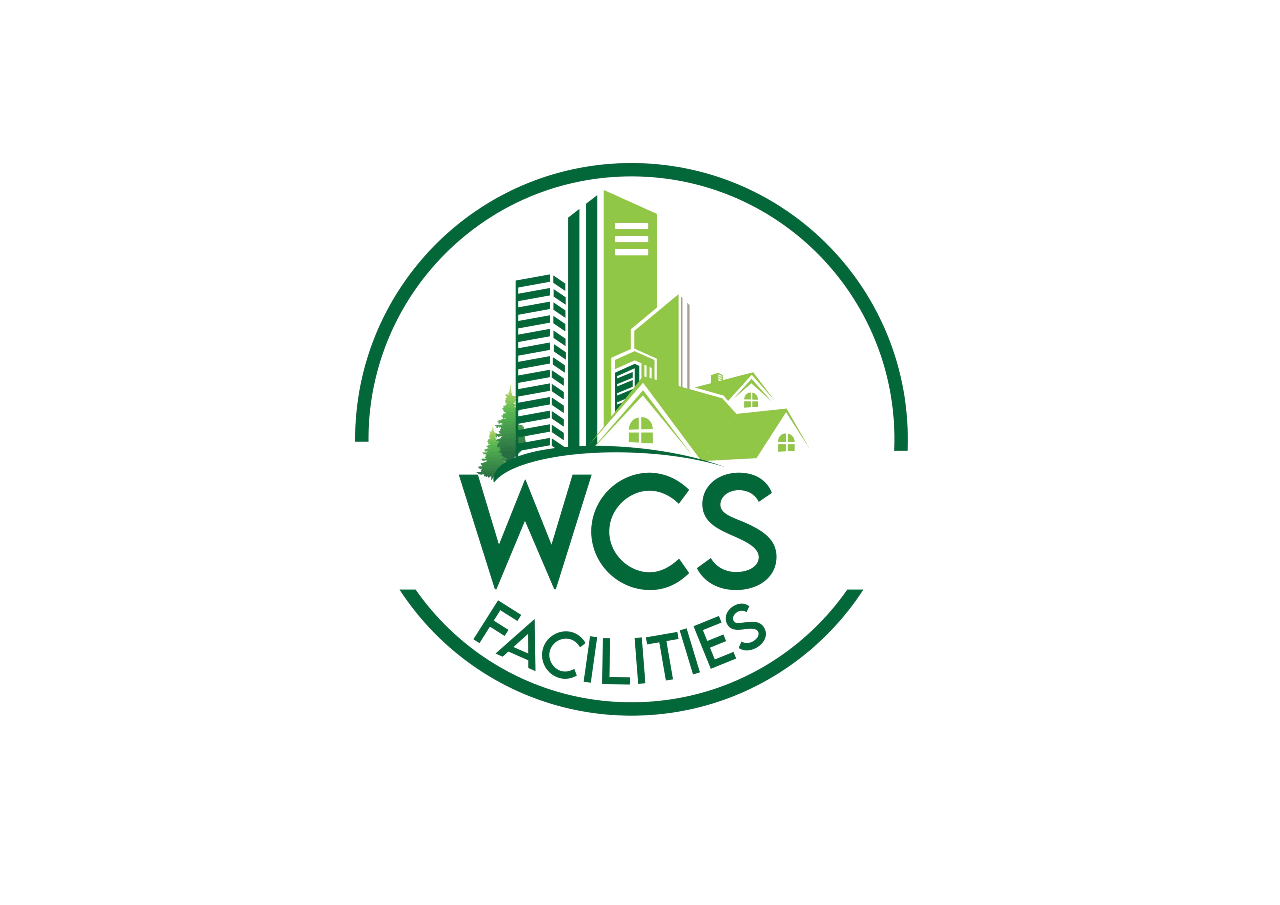Easy Guide to Fixing Large Cracks in Your Driveway
Maintaining a sturdy and crack-free concrete driveway is essential for both the safety and aesthetics of your property. Over time, concrete surfaces can develop large cracks, posing a risk and diminishing the overall appeal of your home. Taking action on these issues is crucial to avoid more harm and costly fixes later.
This guide will walk you through effective steps to repair large cracks in your concrete driveway without compromising on quality.
Identifying the Severity of the Cracks
Before diving into the repair process, it's crucial to assess the severity of the cracks in your concrete driveway. Different cracks may require different approaches for effective repair. Here's how you can categorize them:
Hairline Cracks (1/16 inch or less):
- Repair using a concrete crack sealer.
- Use the wire brush to clean the gap, then put on the sealer with the caulking gun.
- Smooth the sealer with a putty knife.
Medium Cracks (1/16 to 1/8 inch):
- Use a concrete resurfacer for wider cracks.
- Clean the area thoroughly and mix the resurfacer according to the instructions.
- Apply the resurfacer with a trowel, smoothing it evenly.
Large Cracks (1/8 inch or more):
- For more significant damage, consider using a concrete patch.
- Clean the crack, dampen it, and apply the patch mixture.
- Smooth the patch with a trowel and let it cure.
Once you've identified the crack size, you can proceed with the suitable repair method. However, for extensive damages or if you're unsure, seeking professional advice is recommended.
Proper Tools and Materials
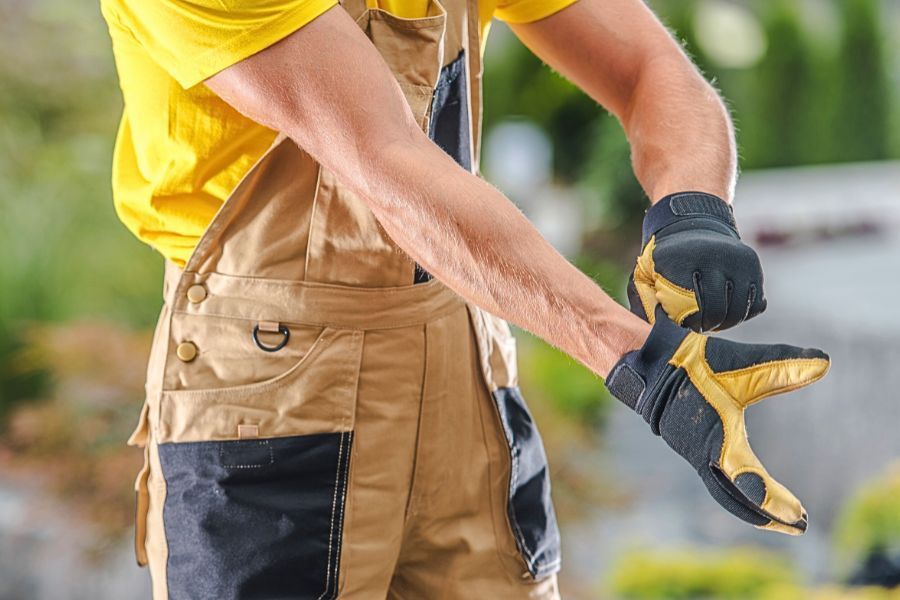
Checking that the tools and materials you have are the right ones is crucial for a concrete repair project to be successful. Here's a list of what you'll need:
Protective Equipment:
- Put on safety glasses, gloves, and a dust mask to keep yourself safe
Cleaning Tools:
- Use a wire brush, a stiff broom, and a pressure washer to clean the cracks thoroughly.
Repair Materials:
- Concrete crack sealer, resurfacer, or patch, depending on the crack size.
Application Tools:
- Caulking gun, putty knife, and trowel for applying the repair materials.
With the proper tools and materials at your disposal, you're equipped to tackle the concrete repair efficiently.
Prevention and Maintenance Tips
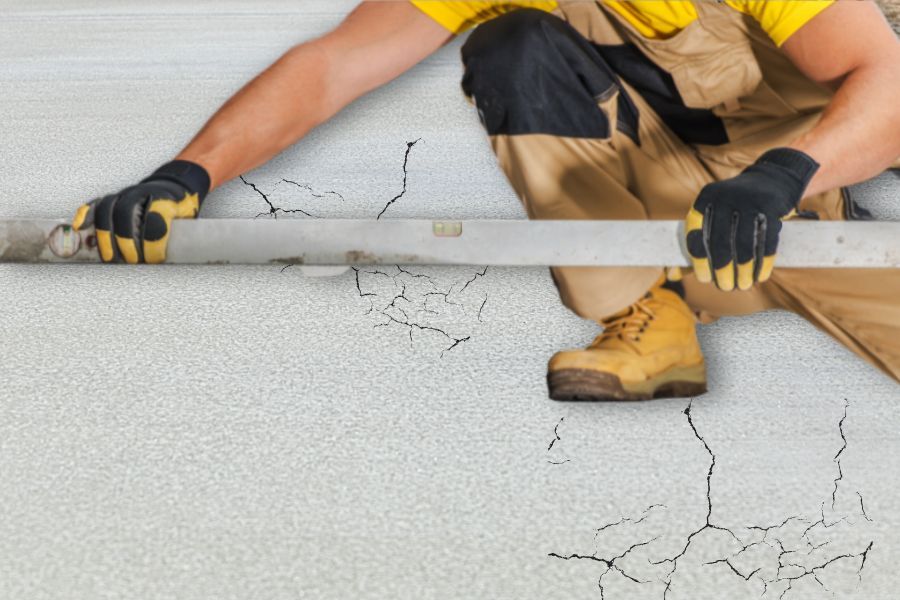
Once you've repaired the cracks, it's essential to take preventive measures to avoid future damage. Regular maintenance extends how long your driveway lasts.
Sealcoating:
- Ensure protection from water and UV damage by applying a concrete sealer to the surface.
Avoid Deicing Chemicals:
- Refrain from using harsh deicing chemicals in winter, as they can deteriorate the concrete.
Regular Inspections:
- Regularly check your driveway for any new cracks or damage.
Professional Services:
- Consider professional inspections and maintenance services for a thorough assessment.
By incorporating these prevention and maintenance tips, you can safeguard your concrete driveway from future issues and ensure its longevity.
Conclusion
In conclusion, tackling large cracks in your concrete driveway requires a systematic approach. You can effectively manage
concrete repair by identifying the severity, using the right tools, and implementing preventive measures. Remember, regular inspections and professional services, such as those offered by WCS Facilities Management, can be a key factor in preserving the strength and durability of your concrete surfaces. Ensure the well-being of your driveway for a safer and more attractive property.
You might also like

